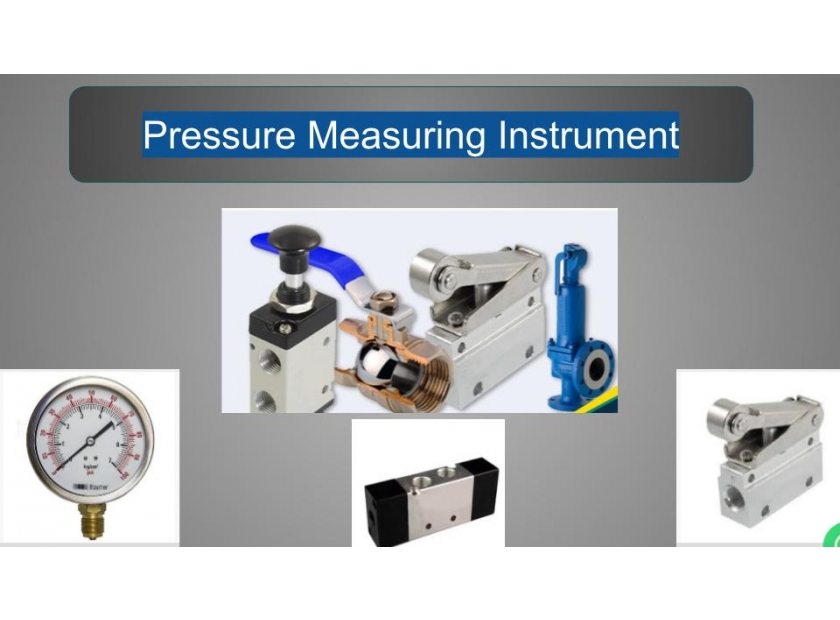When it comes to industrial operations, efficiency and reliability are key. At Eindustries, we bring you the best utility machines from top brands, ensuring seamless workflow and superior performance. Our utility machines cover a range of essential industrial functions, from air compressors to vacuum cleaners, all designed to enhance productivity while maintaining high safety standards. Plus, we provide calibration certificates to assure accuracy and compliance with industry standards.
Blog
- Posted: March 18, 2025Categories: UtilityRead More
- Posted: January 23, 2025Read More
Flow meters are essential instruments used across a wide range of industries to measure the flow rate of liquids, gases, or slurries in a pipeline. Understanding how they work and their various types is crucial for industries that rely on precise flow measurements for efficiency, safety, and quality control. In this blog, we delve into what flow meters are, their types, applications, and the principles behind their operation.
What is a flow meter?
- Posted: January 17, 2025Categories: Weighing Balance
- Posted: January 13, 2025Read More
Sight flow indicators are essential components in industrial systems, providing a visual means to monitor the flow of liquids, gases, or slurries in pipelines. Choosing the right sight flow indicator ensures accurate monitoring, operational efficiency, and system safety. This comprehensive guide will walk you through the factors to consider, types of indicators, materials, and maintenance aspects to help you make an informed decision.
Understanding sight flow indicators
A sight flow indicator is a device installed in a pipeline to observe the flow of substances. It helps operators ensure the fluid movement meets system requirements, detect blockages, and maintain operational standards. These indicators can be customized to fit specific industrial needs, making them versatile tools across various sectors.
Common applications
- Chemical processing: Monitor aggressive chemicals to ensure safe operations.
- Food and beverage production: Maintain hygiene standards and flow consistency.
- Pharmaceutical manufacturing: Ensure precision and compliance with stringent regulations.
- Oil and gas pipelines
- Posted: January 08, 2025Read More
Gas detectors are indispensable tools in ensuring safety and operational efficiency across a wide range of industries. By detecting hazardous gases in the environment, these devices protect workers, prevent accidents, and maintain compliance with regulatory standards. Let’s explore the top 10 industries that benefit the most from gas detectors.
1. Oil and Gas industry


The oil and gas sector involves activities like drilling, refining, and storage, which often expose workers to flammable and toxic gases such as methane, hydrogen sulfide, and carbon monoxide. Gas detectors are vital for:
- Monitoring explosive gases to prevent catastrophic accidents.
- Ensuring safe working conditions for employees.
- Complying with strict environmental and safety regulations.
2. Chemical manufacturing


- Posted: January 04, 2025Read More
Height gauges are indispensable tools in the world of precision measurement. Whether you work in manufacturing, engineering, or quality control, understanding the features, uses, and types of height gauges is essential for accurate measurements and ensuring product quality. This blog provides a comprehensive guide to height gauges, from their basic functions to advanced applications.
What is a height gauge?
- Posted: January 01, 2025Categories: Weighing BalanceRead More
Analytical balances are precision instruments crucial for industries where accurate weight measurements are essential. From pharmaceuticals to food processing and chemical manufacturing, these balances play a vital role in ensuring quality, consistency, and compliance with regulatory standards. In this blog, we delve into the significance of analytical balances, their applications, and how they contribute to meeting regulatory compliance requirements.
What are analytical balances?
Analytical balances are highly sensitive laboratory instruments designed to measure mass with exceptional accuracy.
- Posted: December 18, 2021Categories: Environmental TestingRead More
India being the first country to make environmental audits mandatory, hoping it would encourage industry to shift from pollution control to process efficiency. Environmental audits are integral for the future of your business.
- Posted: December 17, 2020Categories: CalibratorsRead More
Whenever we visit any hospital or laboratory, we always sight it to be equipped with a range of medical and clinical equipment. These medical equipment are a source of data for Doctors on which they rely to diagnose the disease, issue health reports or to confirm and understand the normality or abnormality of the body mechanism. So, it’s very much indeed essential that medical equipment provide accurate data. But what can be done to ensure the accuracy of that medical equipment?
- Posted: November 24, 2020Categories: Pressure InstrumentsRead More
The pressure is the second most variable and parameter used in the manufacturing and processing industry. The pressure is measured to understand the nature of liquid, water, and gases. The instruments used for measuring pressure in an integral unit are called pressure meters, pressure gauges, or vacuum gauges. Pressure measuring instruments are used to measure, control, and monitor the pressure of liquid or gas.


















Validate your login